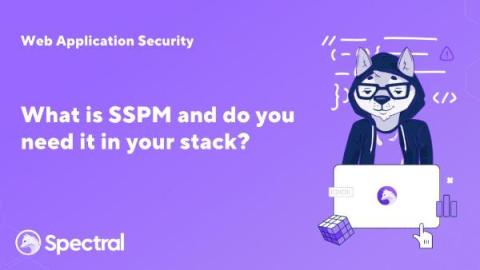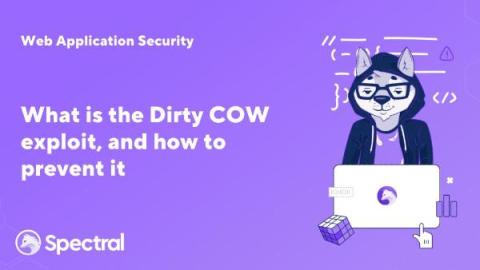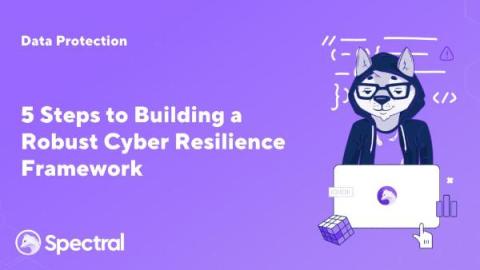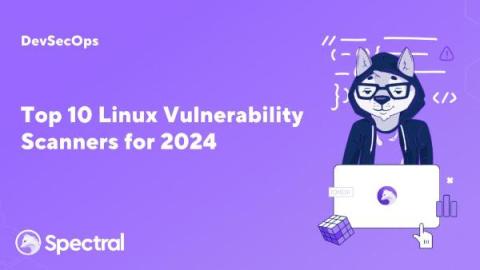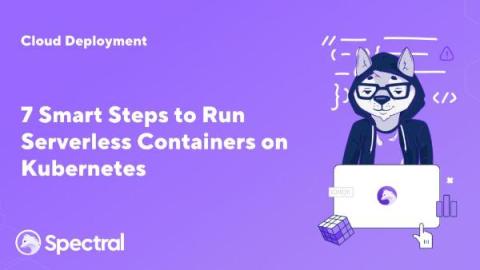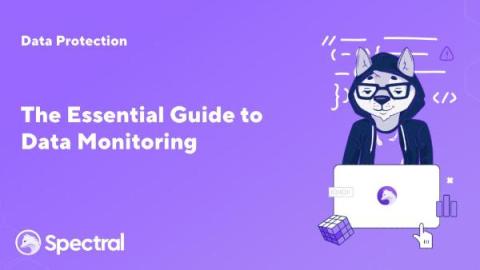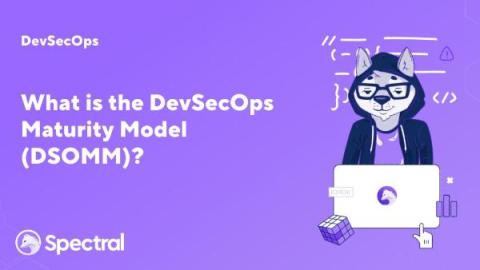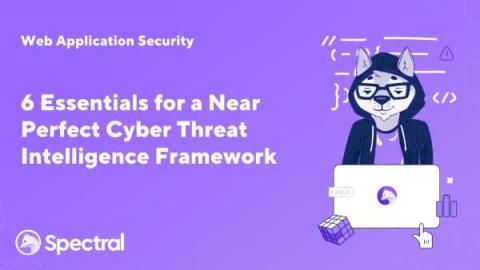What is SSPM and do you need it in your stack?
SaaS adoption has skyrocketed, offering organizations undeniable advantages. But beneath the surface lurk overlooked configuration errors. Misconfigured SaaS settings create security gaps. Broad permissions, weak defaults, and forgotten accounts jeopardize your security. These issues act as open doors for breaches and unauthorized access. The sheer scale of the problem is staggering – 70% of company software now resides in the cloud.


